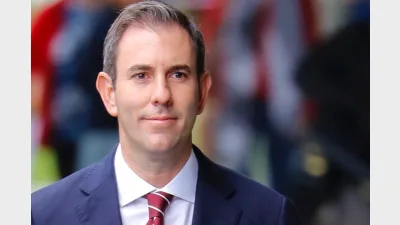High equity weightings placing investors in ‘immense risk’



Investors are likely to place themselves in ‘immense risk’ in the future as their portfolios will need to be 100% allocated to equities if they want to make returns from dividends, according to Vanguard.
In its report ‘An enduring solution for low yields’, the firm said investors were having to double their risk if they wished to generate the same returns as they did in 2013.
In 2013, investors with a 4% withdrawal rate as a target for income from their investment returns could have relied on a diversified portfolio of 50% equities and 50% bonds.
However, they would now to move to 100% equities to obtain the same result this year as rates were at record lows and there had been a reduction in dividends.
Inna Zorina, senior investment strategist at Vanguard Australia, said: “This scenario which requires a retired investor, arguably at the most conservative phase of their investment journey, to take on immense risk. It certainly presents a real challenge to the most impacted group in today’s low yield and high volatility investing environment, and is probably not in their longer-term best interest”.
If investors were averse to taking an income-orientated strategy which relied on a high level of equities, an alternative would be a total return one. This would allow the capital value of the portfolio to be spent during periods when the income yield of the portfolio fell below an investor’s spending needs.
It would also utilise both income and capital growth elements of a portfolio during volatile periods, as long as the total amount drawn from the portfolio was less than the sustainable spending rate over the long term.
“While this approach requires the discipline to reinvest a portion of the income yield during periods where the income generated by the portfolio is higher than what is required for living expenses, it provides many advantages over the income focused method,” Zorina said.
“In addition to helping address unintended factor and credit exposures, this approach also addresses the main concerns that many retirees have around portfolio longevity.”
Recommended for you
Super trustees need to be prepared for the potential that the AI rise could cause billions of assets to shift in superannuation, according to an academic from the University of Technology Sydney.
AMP’s superannuation business has returned to outflows in the third quarter of 2025 after reporting its first positive cash flow since 2017 last quarter.
The major changes to the proposed $3 million super tax legislation have been welcomed across the superannuation industry.
In holding the cash rate steady in September, the RBA has judged that policy remains restrictive even as housing and credit growth gather pace.










